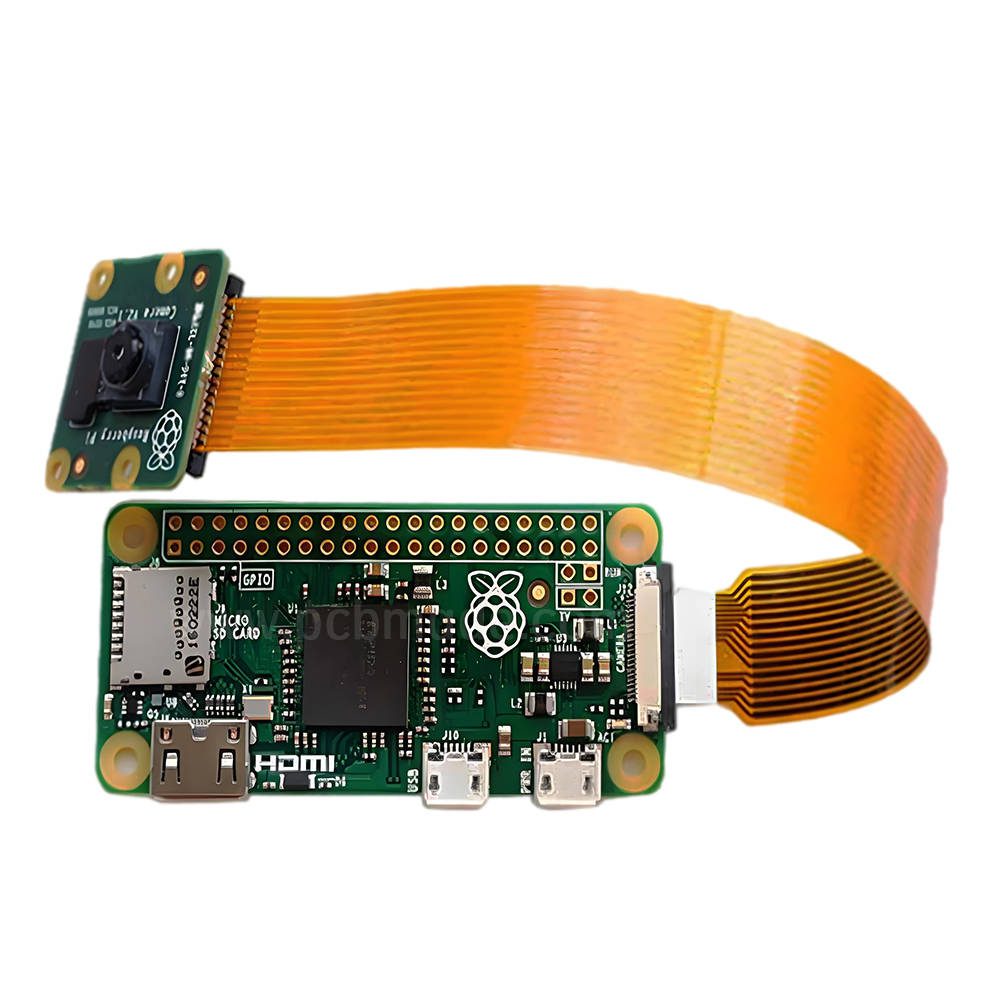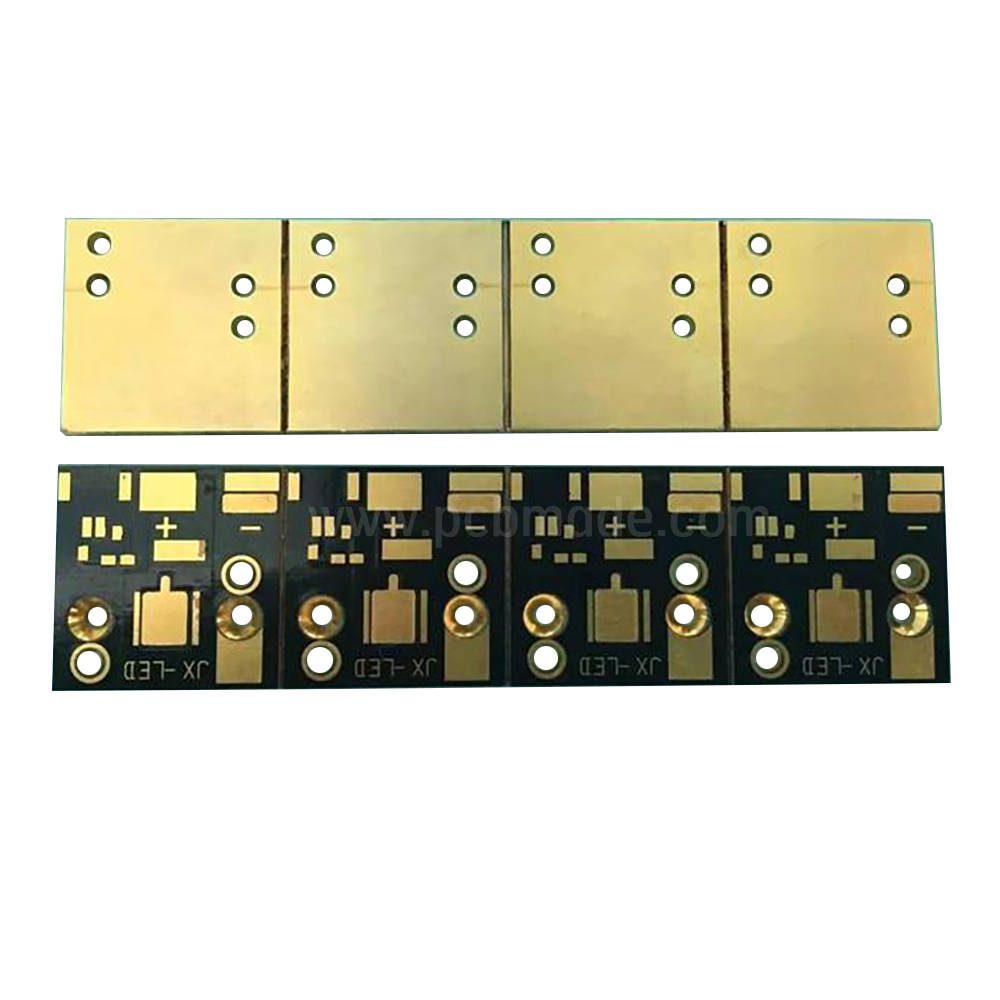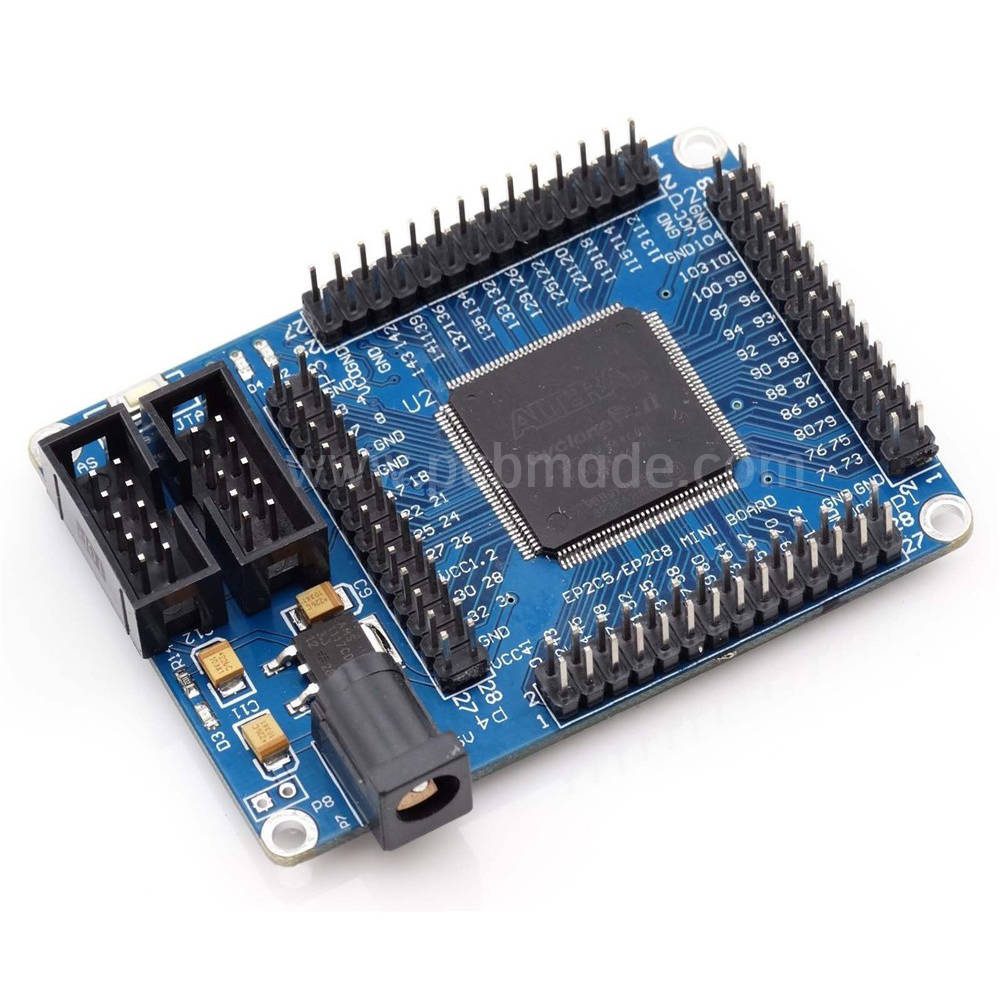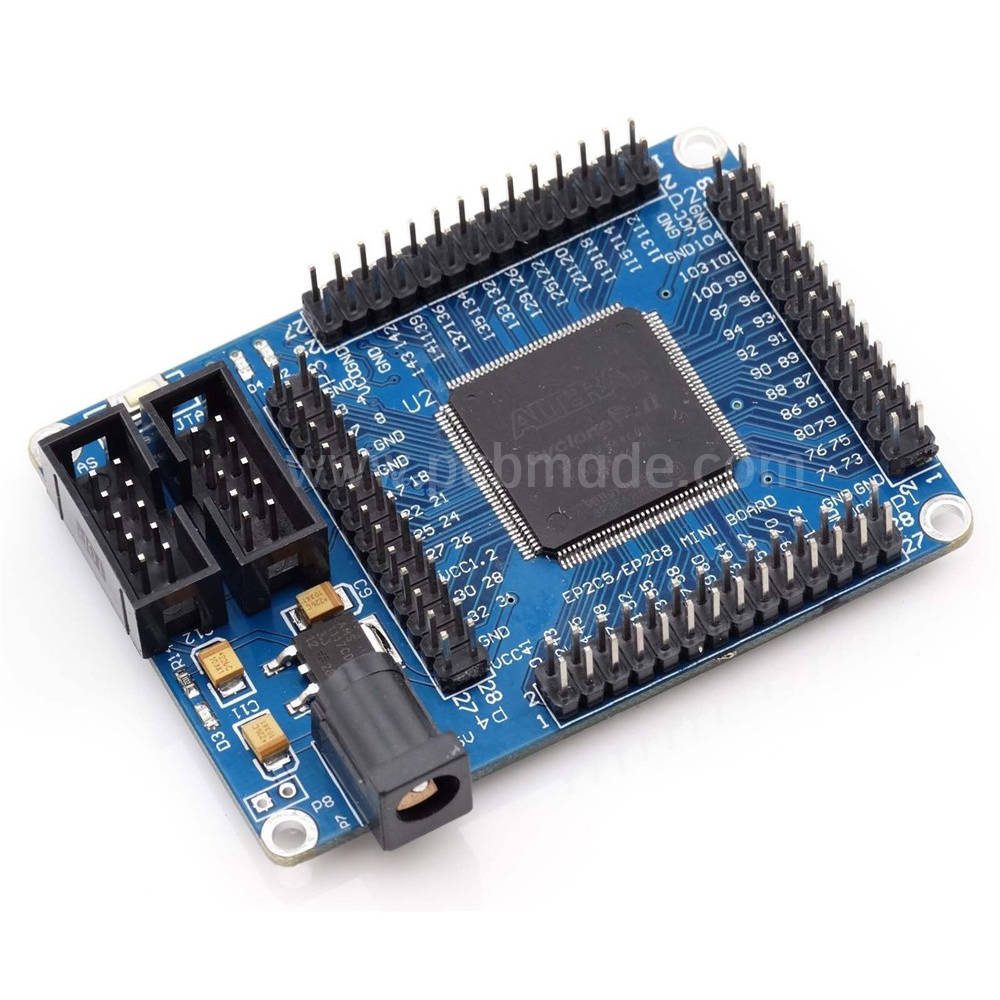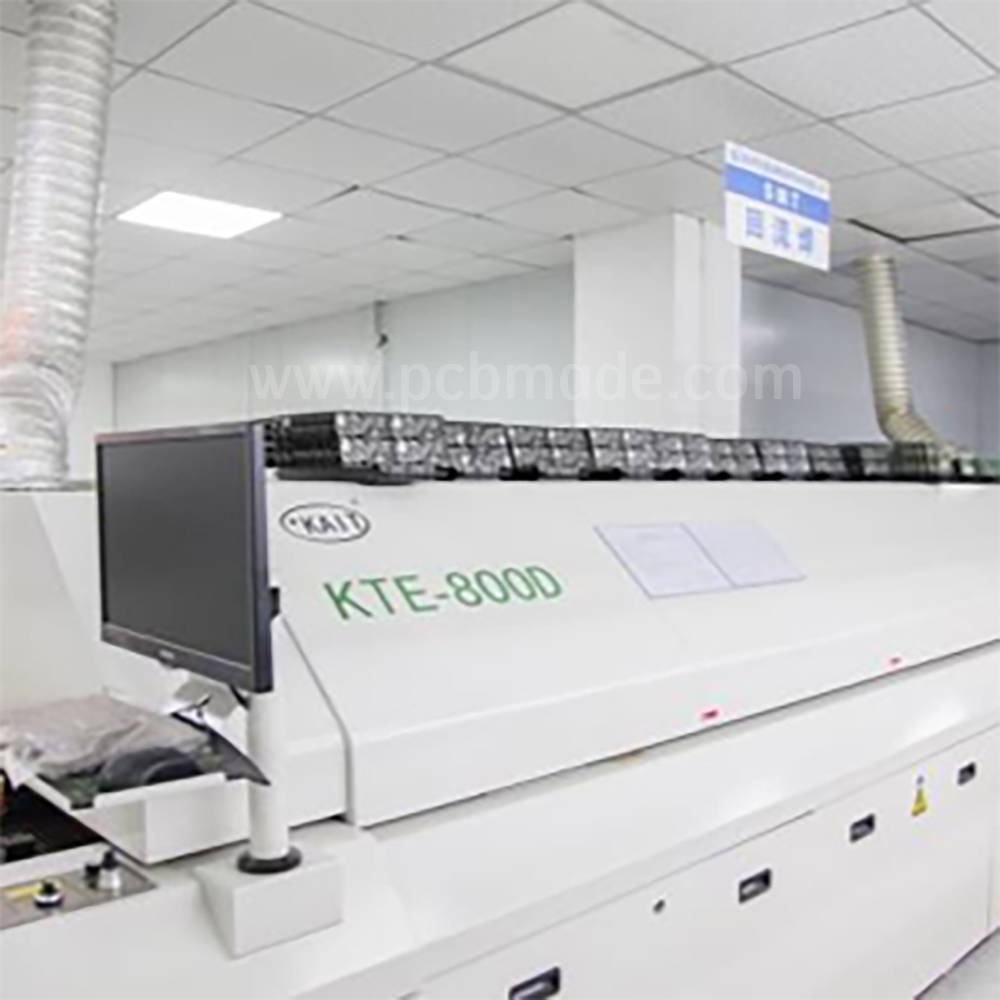The commonly used adhesives for circuit boards include red adhesive, yellow adhesive, thermal conductive adhesive, silicone adhesive, hot melt adhesive, etc. The characteristics and main functions of these circuit board adhesives are as follows:
1、 Red glue
Red glue is a polyolefin compound that easily solidifies when heated. When the temperature it is subjected to reaches the solidification point of 150 ℃, the red glue begins to transform from a paste like body into a solid. With this characteristic, surface mount components can be fixed by glue or printing. Circuit board components using surface mount red glue can be cured by heating in an oven or reflow soldering.
Components on circuit boards, especially double-sided mounted circuit boards, are fixed with patch red tape during wave soldering to prevent small patch components on the back from falling out of the soldering furnace. Red glue has several major characteristics:
① Stable adhesive strength can be obtained for various chip components;
② Has viscosity and deformability suitable for screen printing production requirements, with stable adhesive content without missing brushes or tower edges;
③ Has excellent storage stability performance;
④ It has high adhesive strength, which can avoid component misalignment during high-speed SMT.
Main function: The main function of red glue is to fix the surface mount components of the circuit board, mainly for adhesive bonding, or used together with solder paste as reinforcement and fixation.
2、 Yellow glue
The yellow glue used for circuit board is a kind of aqueous adhesive with a pungent smell. It is a kind of soft self bonding gel like material. It has excellent insulation, moisture-proof, shockproof and thermal conductivity, enabling electronic components to operate safely under harsh conditions.
It is prone to solidification, and the speed of solidification depends on the ambient temperature, humidity, and wind speed: the higher the temperature, the lower the humidity, and the higher the wind speed, the faster the solidification speed, and vice versa. Placing the painted parts in the air may cause a gradual peeling phenomenon, and it is important to complete the operation before the surface peeling occurs.
picture
Main function: It is used to fix electronic products such as inductors, coils, transformers, electrolytic capacitors, and receivers, and has the function of protecting and sealing electronic components. It can be used for electrical component sealing, high-voltage component sealing, moisture-proof coating of circuit boards, etc.
3、 Thermal conductive silicone
Thermal conductive silicone, also known as thermal conductive paste or heat dissipation paste, is a high thermal conductivity insulating silicone material. Unlike thermal conductive silicone grease, it almost never solidifies and can maintain its paste state during long-term use at temperatures ranging from -50 ℃ to+250 ℃. It has excellent electrical insulation and thermal conductivity, as well as low oil separation (approaching zero), high and low temperature resistance, water resistance, ozone resistance, and weather aging resistance. Its characteristics are non-toxic, odorless, non corrosive, in compliance with ROHS standards and relevant environmental requirements, and stable chemical and physical properties.
Main function: Used to fill the gap between the heating element and the heat dissipation device, increase their contact area, and achieve thermal conductivity, effectively dissipating and transferring the heat generated by electronic components during operation.
Widely applied to the contact surface between heating elements (power tubes, thyristors, electric stacks, etc.) and heat dissipation facilities (heat sinks, heat strips, shells, etc.) in various electronic products and electrical equipment, it serves as a heat transfer medium and can improve the heat dissipation effect.
4、 Silicone adhesive
Silicone adhesive is a material similar to ointment that solidifies into a tough rubber like solid upon contact with moisture in the air. Silicone adhesive is commonly known as glass adhesive because it is often used for bonding and sealing glass. The adhesive material should be stored in a sealed manner. The mixed adhesive should be used up at once to avoid waste.
Main function: Widely used in electronic modules, sensors, electronic components and other applications that require encapsulation, insulation, flame retardancy, as well as insulation between bonding and fixing components of electronic components.
5、 Hot melt adhesive
Hot melt adhesive strip is a solid adhesive mainly made of ethylene vinyl acetate polymer (EVA), added with modified rosin resin or petroleum resin and other components. It is a plastic, non-toxic, odorless and environmentally friendly adhesive. The physical state of hot melt adhesive changes with temperature within a certain temperature range, while the chemical properties remain unchanged. Completely free of water or solvents, it has the characteristics of fast bonding, high strength, aging resistance, non-toxic, good thermal stability, and film toughness.
Heat the hot melt adhesive to the operating temperature, use a spray gun or apply it to the adhesive, and complete the bonding and shaping work within the opening time of the adhesive. Clamp the adhesive and cool it to room temperature. Hot melt adhesive is in a solid state at an appropriate temperature, heated and melted into a liquid, and then cooled at room temperature to complete bonding within a few seconds. It can effectively fix electronic components and wiring harnesses.Main function: Hot melt adhesive is suitable for fixing electronic components, bonding electronic wiring, and can also be used for bonding other electronic materials. It can even be used for mutual adhesion and fixation of handicrafts, packaging paper boxes, jewelry, handicrafts, wood, textile samples, etc.




